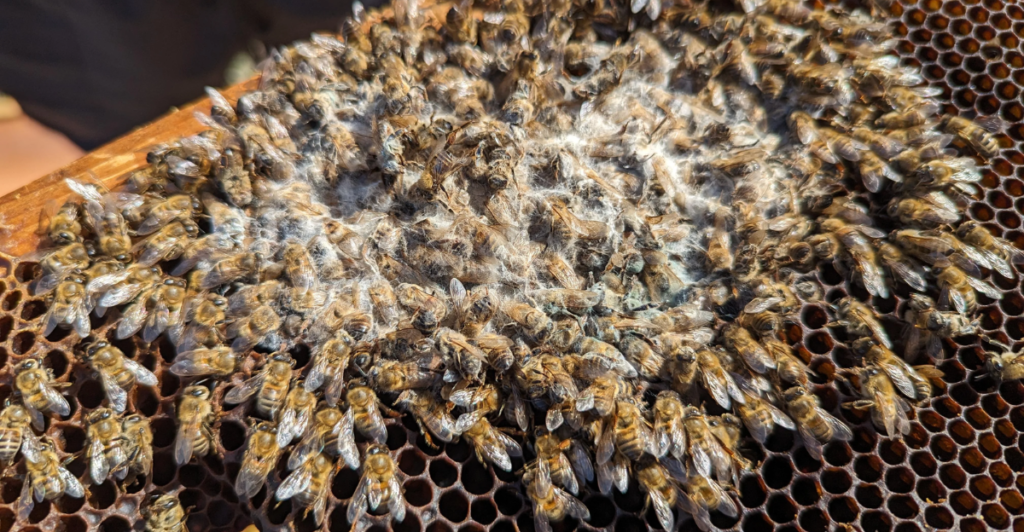
Honey bee colonies in the United States are expected to face unprecedented losses between 60% and 70% by 2025, a significant increase over the decade of annual losses of 40% to 50%. This concerning trend stems from a combination of stressors like nutrition deficiencies, mite infestations, viral diseases, and pesticides.
Honey bees are critical pollinators; they produce 35% of the world’s food crops, in particular fruits, vegetables, nuts, and even coffee and cocoa. The potential collapse of bee populations threatens not only agricultural yields but also the economic stability of industries reliant on pollination, such as California’s almond sector, which heavily depends on honey bees,
Declining Bee Populations
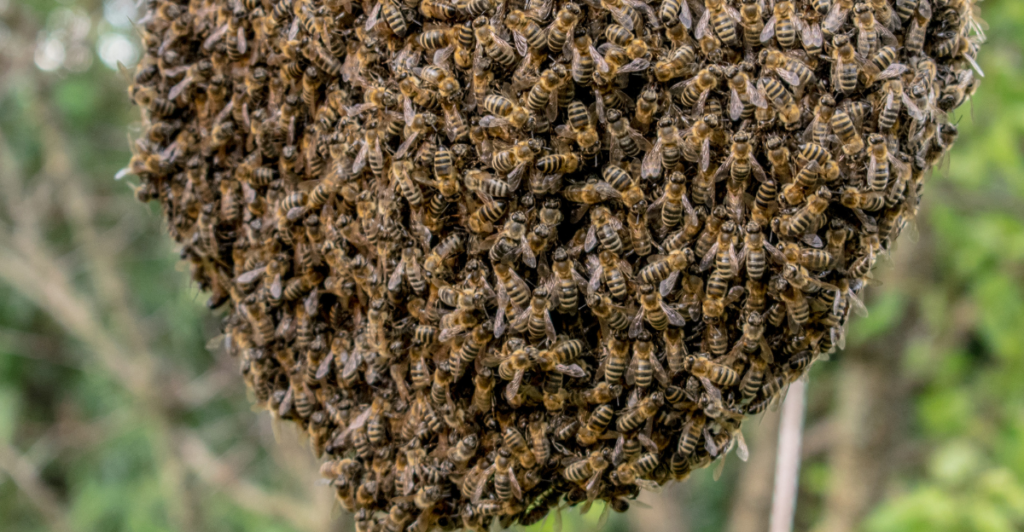
The decline of honey bee populations is not a new phenomenon. Since 2006, the U.S. has experienced elevated winter losses averaging 28.7%, nearly double the 15% historical rate.
The term “colony collapse disorder” appeared in headlines in the mid-2000s, as large-scale and sudden bee disappearances were reported, with some areas losing as many as 90% of their bees.
Despite these challenges, the overall number of managed colonies has stabilized because beekeepers persist in rebuilding hives each year. However, the growing frequency and severity of losses mean there is a systemic problem that these recovery efforts will soon be overwhelmed by.
Economic Implications
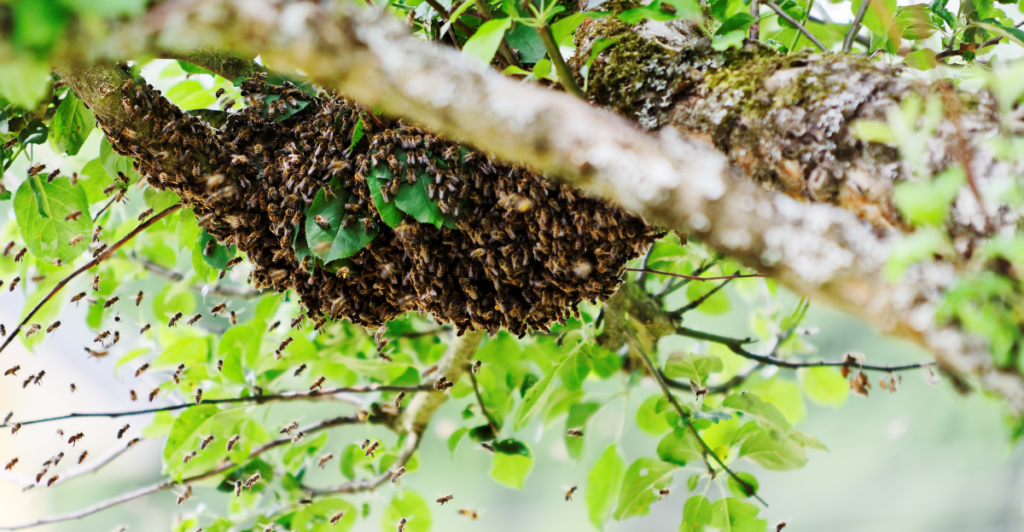
The economic stakes are enormous. Honeybees contribute nearly $20 billion annually to U.S. crop production and support a global agricultural value of $170 billion.
A loss of 70% of colonies might cause pollination costs to soar, food prices to rise, and usher in the near-bankruptcy of beekeepers. California is particularly susceptible — the state’s almond industry is heavily dependent on more than 80% of the nation’s commercial honey bees used for pollination.
Without immediate intervention, the ripple effects could destabilize the entire agricultural supply chain, impacting everything from almond milk to avocados.
Environmental Stressors
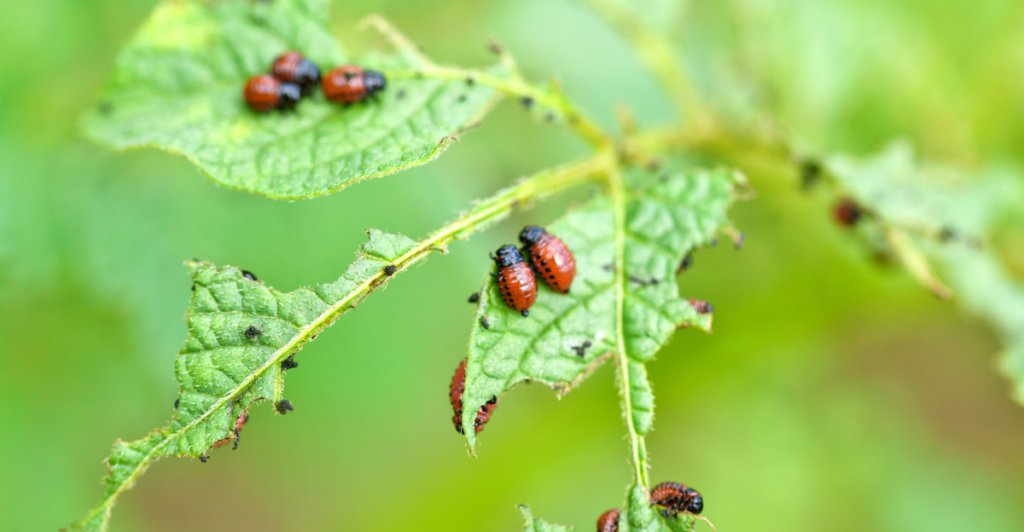
Multiple environmental factors are driving bees’ decline. Varroa mites, a parasitic pest, weaken bees and make them vulnerable to fatal viruses, and pesticide exposure further compromises their health.
Climate change compounds these issues, with extreme weather events and habitat destruction decreasing the availability of forage and nesting sites. The interaction of these stressors creates a vicious cycle, making it increasingly difficult for bees to live and flourish.
To tackle these challenges, we must adopt a multi-faceted approach and be mindful of these complex interactions between environmental and human-induced factors.
Agricultural Dependency
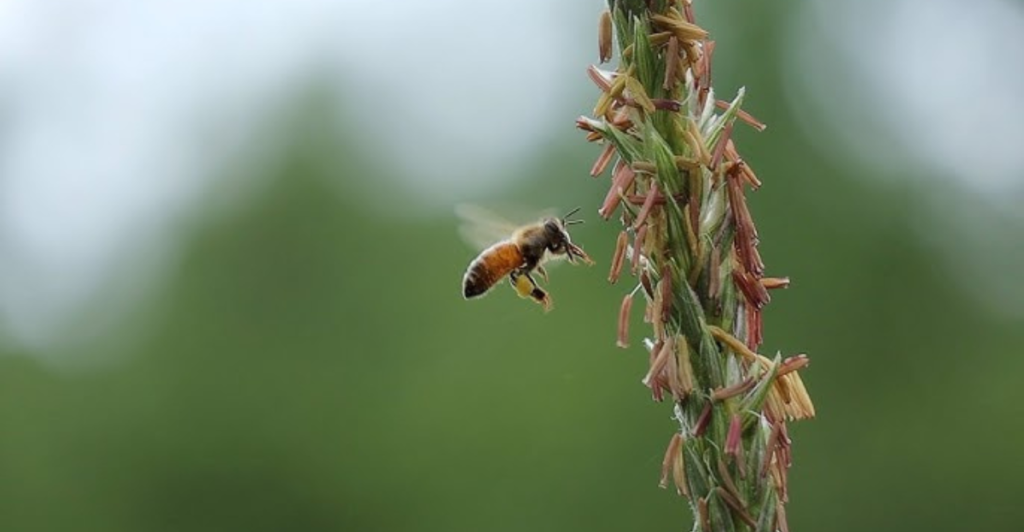
The agricultural sector’s reliance on honey bees is both a strength and a vulnerability. Bees are crucial for pollinating crops, but their widespread use has resulted in monoculture systems, which limit biodiversity and expose crops to diseases and pests.
The almond industry’s reliance on honey bees, for instance, has created a high-stakes situation in which even minor bee losses result in disastrous outcomes.
Such risks highlight the importance of diversifying pollination strategies, whether that means supporting wild pollinators or developing alternative technologies, to reach a more resilient agricultural system.
Policy and Regulation
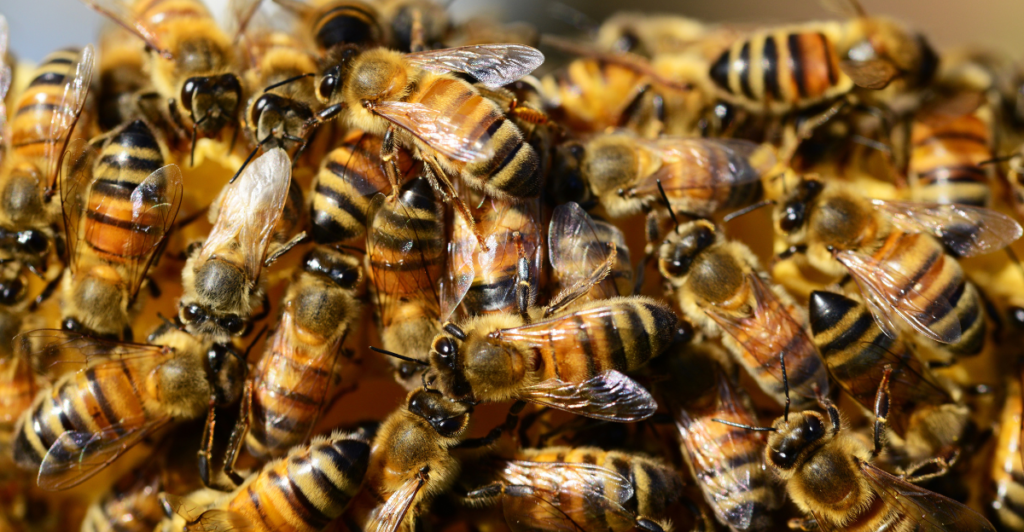
Current policies have failed to adequately address the bee crisis. No amount of tax incentives from state governments for beekeepers is enough to tackle the magnitude of the issue.
Immediate action is required, including stricter laws regarding pesticide consumption, more funding for pollinator health research, and an increase in sustainable farming practices.
The U.S. Department of Agriculture and other agencies must prioritize bee conservation as a national security issue, given its implications for food security and economic stability.
Technological Innovations
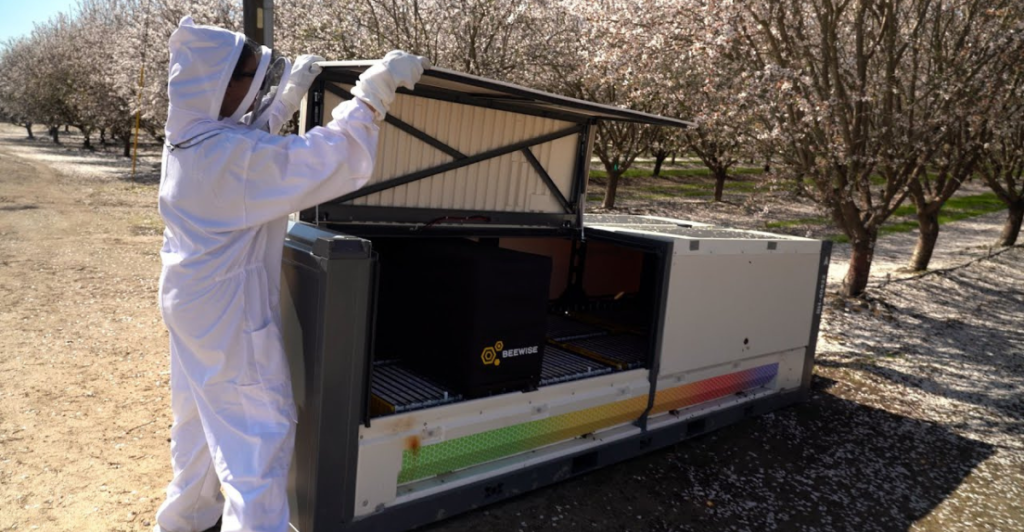
Emerging technology offers hope of reducing the losses of bees. Developments in varroa mite control in the form of genetic editing and targeted treatments could eliminate one of the biggest threats to bee health.
Furthermore, research on bee nutrition and habitat restoration may enhance the resilience of colonies. Digital tools, such as hive monitoring systems or predictive analytics, help beekeepers mitigate problems before they become serious.
Although such innovations are showing promise, there is a need for investment and cross-sector collaboration before they can achieve widespread uptake.
Global Perspective
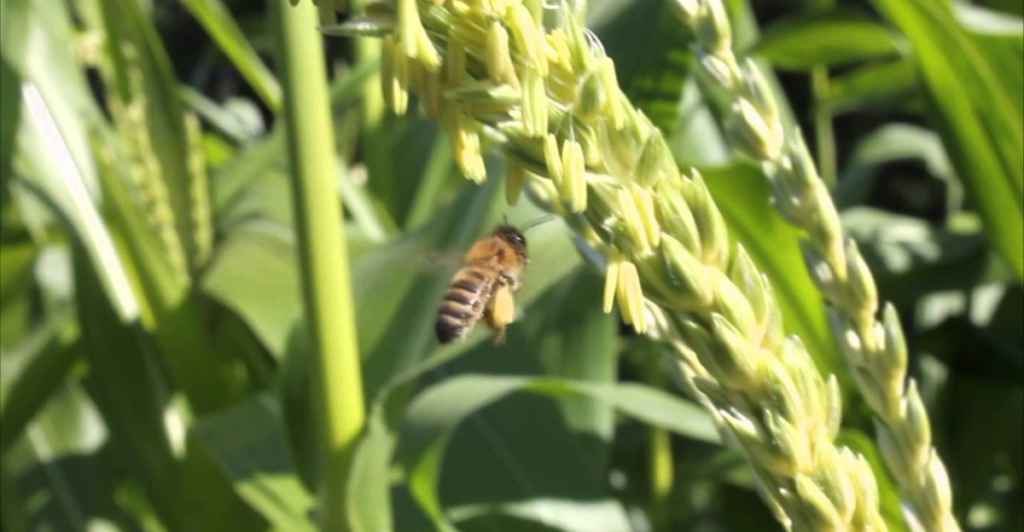
The bee crisis is not limited to the U.S.; it is a global phenomenon. Similar stressors have also significantly declined honey bee populations in Europe.
Bee loss can be particularly detrimental to food security in developing countries whose agriculture is heavily reliant on pollinator-dependent crops, where the use of pesticides is less regulated and often has widespread application.
This makes international cooperation important, as bees and other pollinators serve a key role in the overall health of global biodiversity and the food systems. Sharing knowledge, resources, and best practices may support the development of a more sustainable future for pollinators worldwide.
Societal Impact
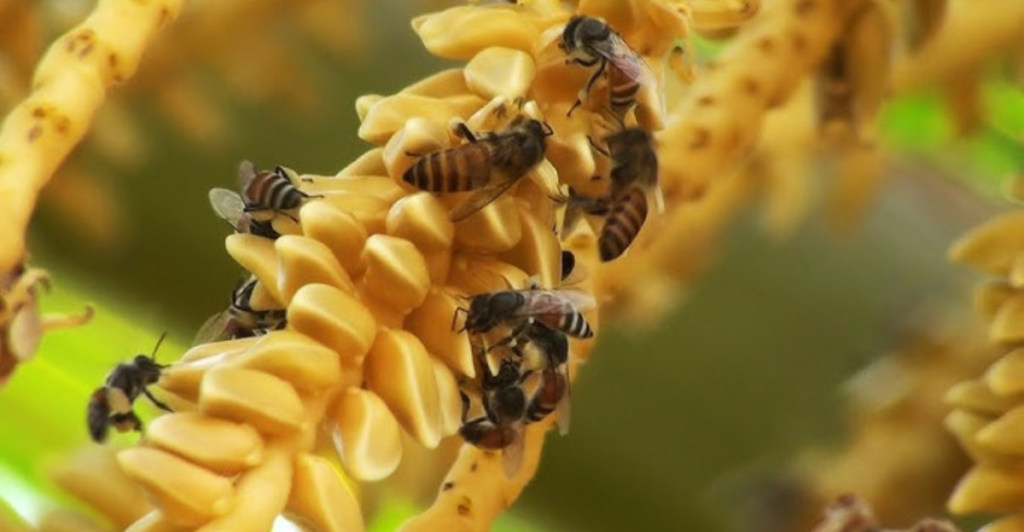
The honey bee crisis is a huge societal problem. From agriculture and beyond, bees play a key role in ecosystem maintenance and biodiversity. Their absence can disrupt food chains, diminish natural resource availability, and worsen climate change.
Public awareness and engagement are vital to driving change, from supporting local beekeepers to advocating for policy reforms. By recognizing the interconnectedness of human and environmental health, society can take meaningful steps to protect pollinators and ensure a sustainable future.
A Wake-Up Call
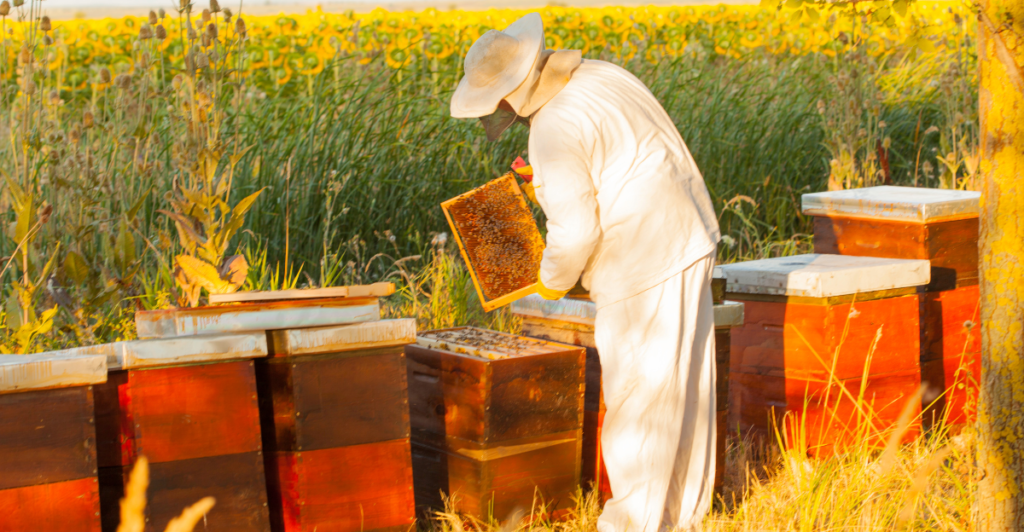
The projected 70% loss of honey bee colonies by the year 2025 is a wake-up call for immediate action. The crisis endangers not only agricultural productivity but also global food security, economic stability, and environmental health.
The real solution involves addressing the underlying factors contributing to this decline, including pesticide use, habitat loss, and climate change. Tackling these issues will require a concerted effort from policymakers, scientists, farmers, and the general public.
Although the challenges are enormous, the solutions are achievable. Through investing in research, innovative approaches, and sustainable practices, we can protect honey bees and the crucial role they serve on our planet. The time to act is now, before the buzz of bees becomes a silent alarm for a planet in peril.
Explore more of our trending stories and hit Follow to keep them coming to your feed!

Don’t miss out on more stories like this! Hit the Follow button at the top of this article to stay updated with the latest news. Share your thoughts in the comments—we’d love to hear from you!







